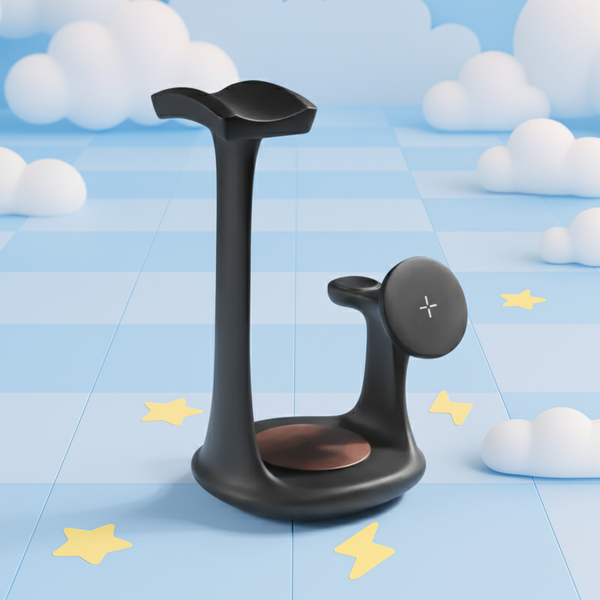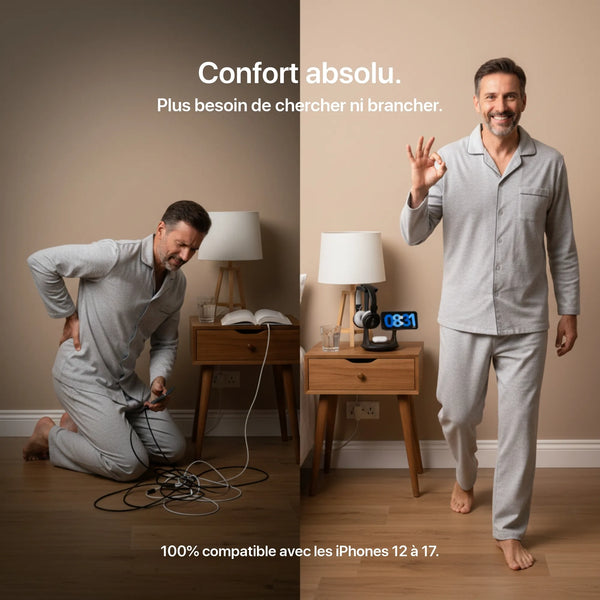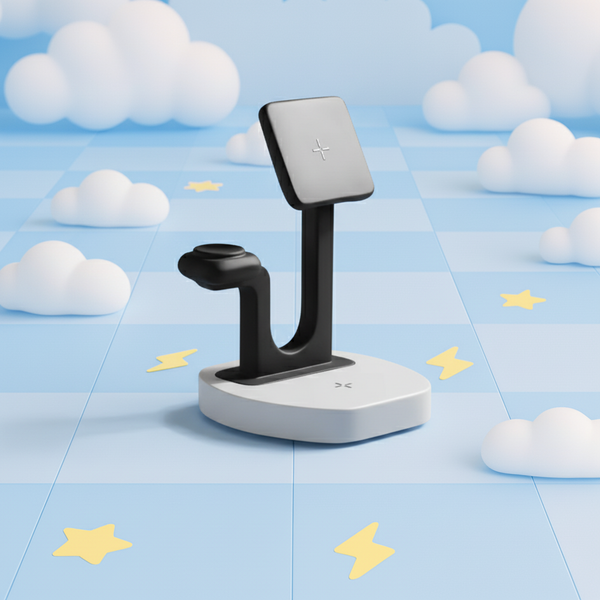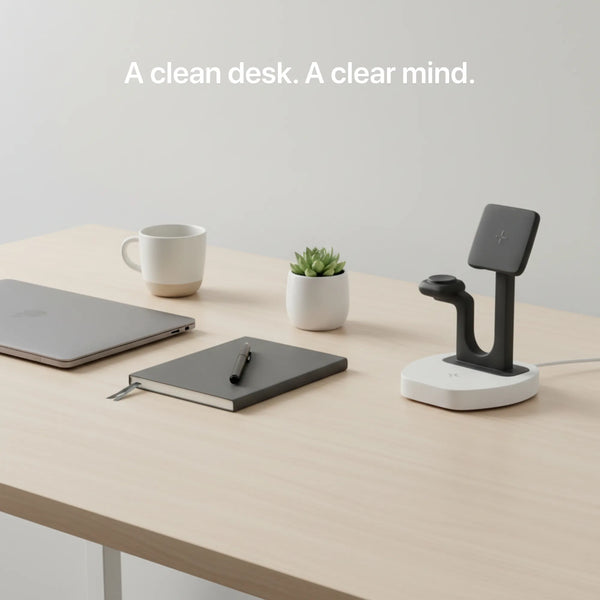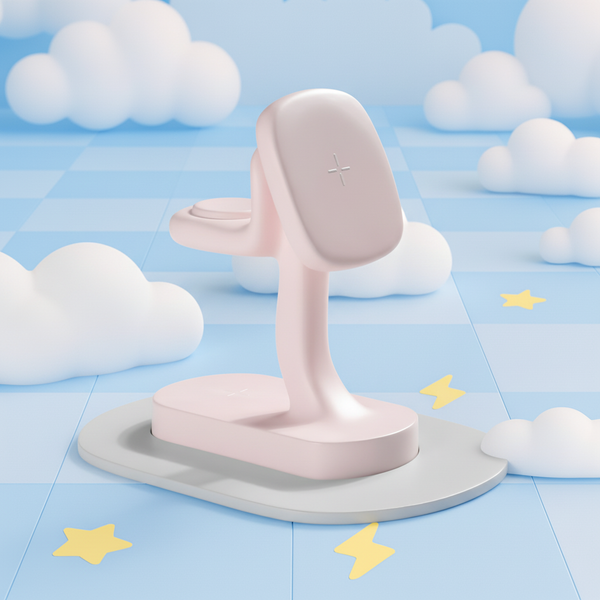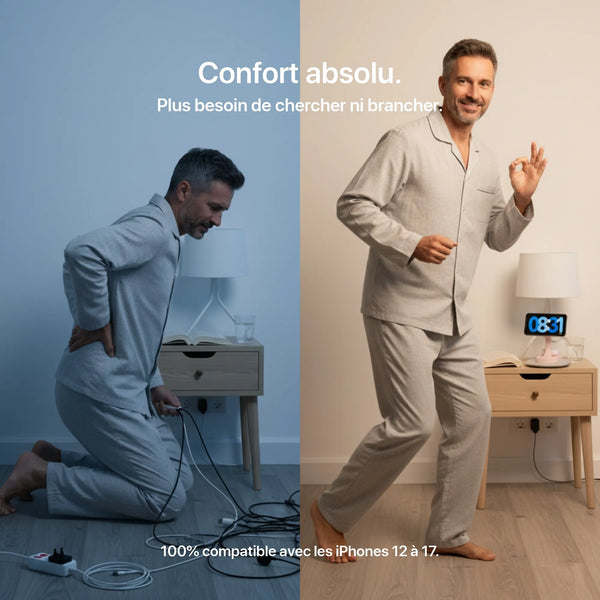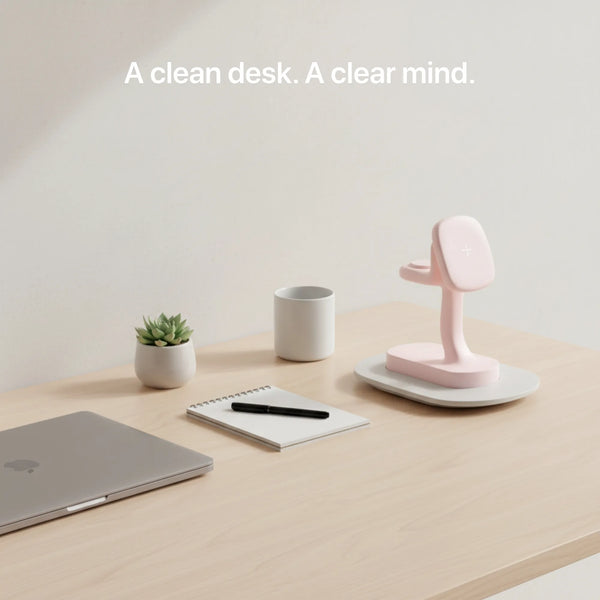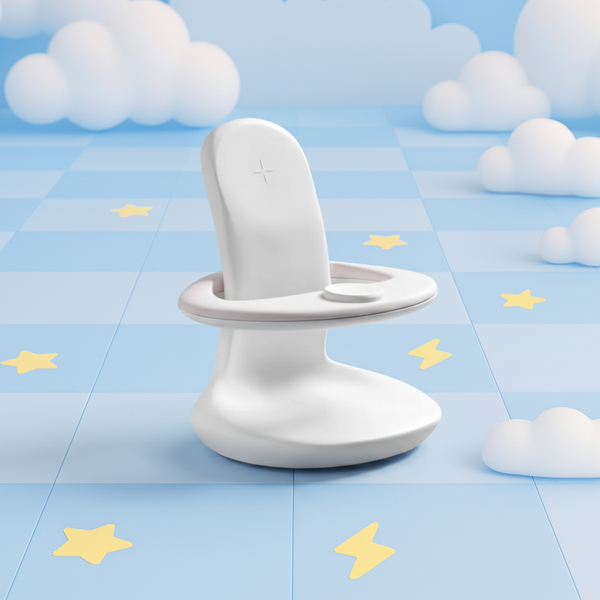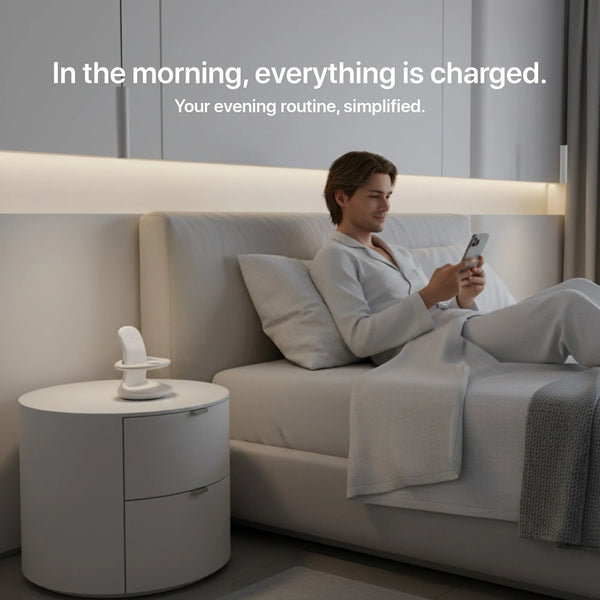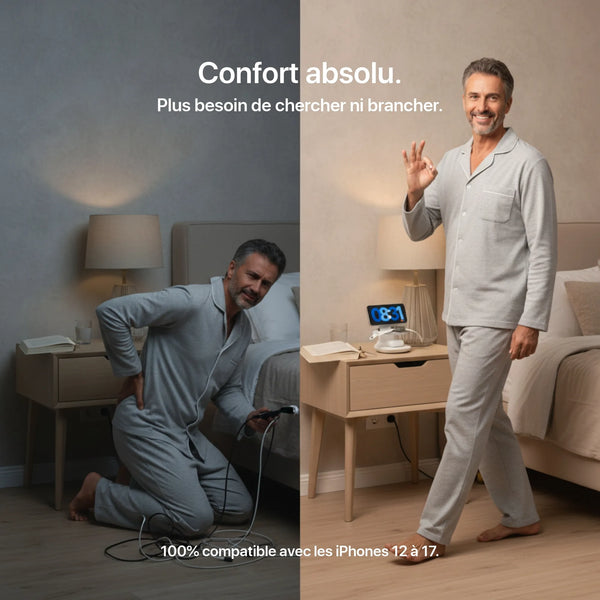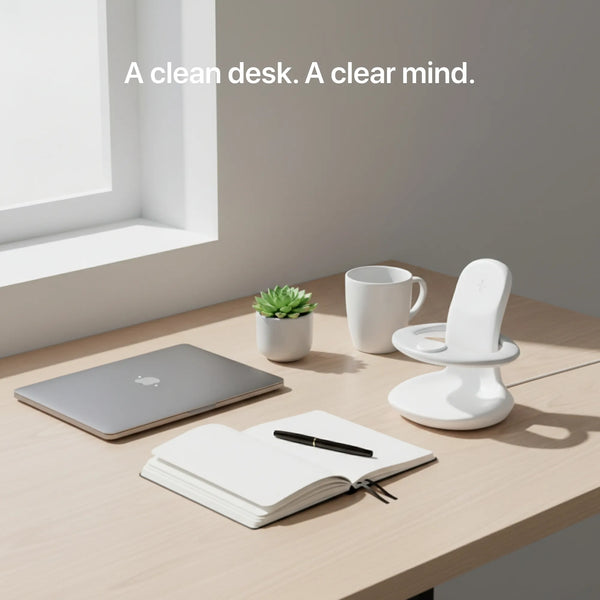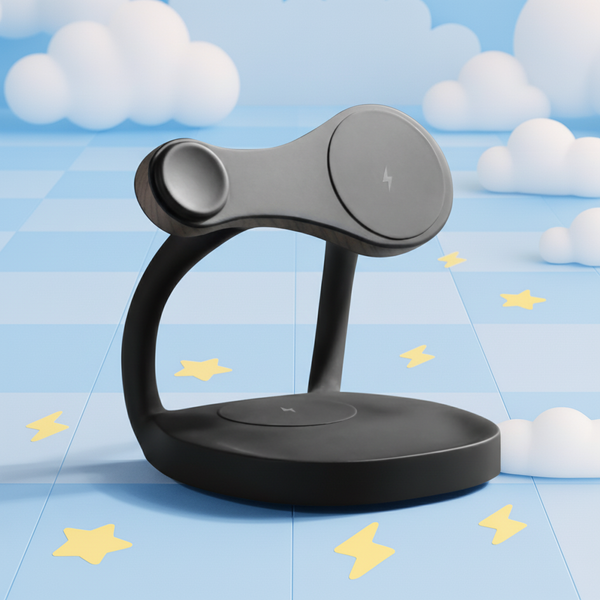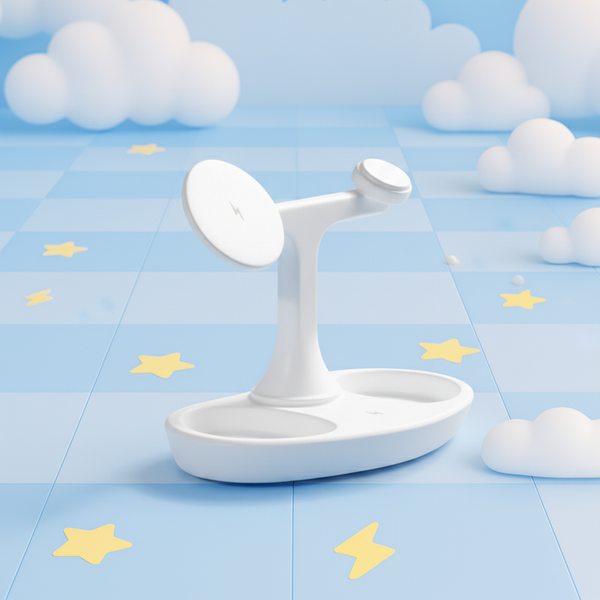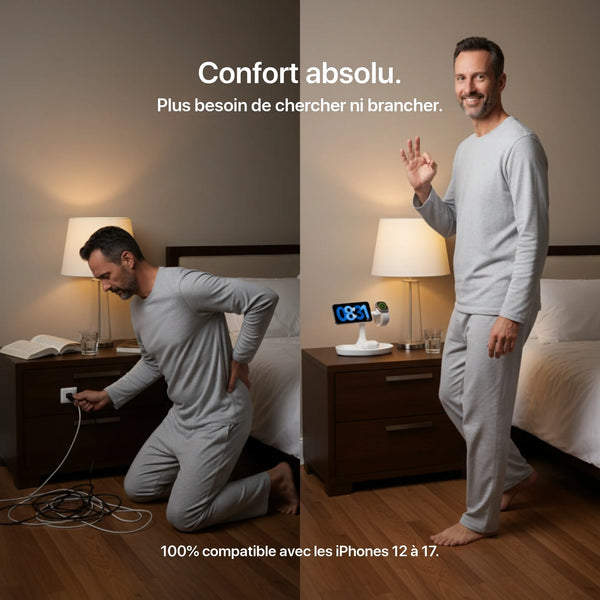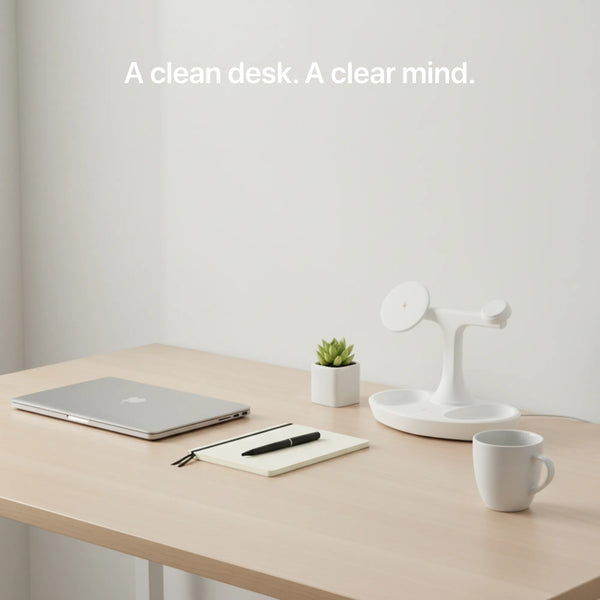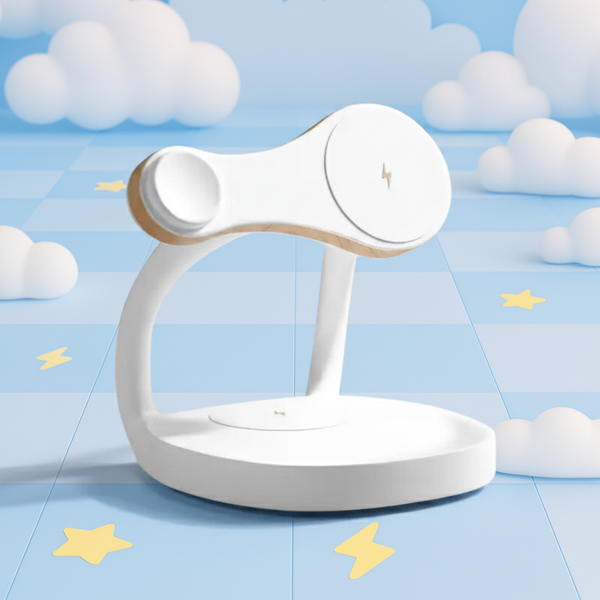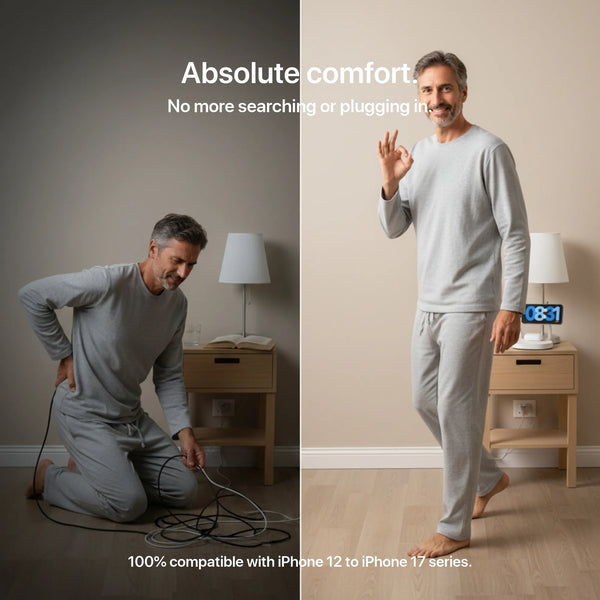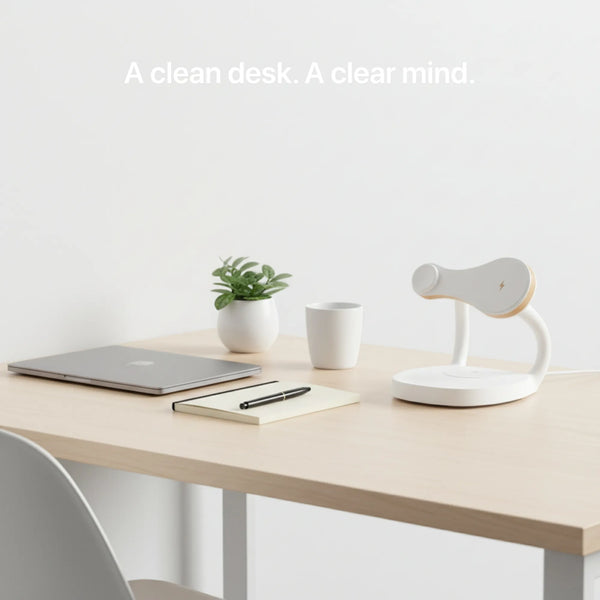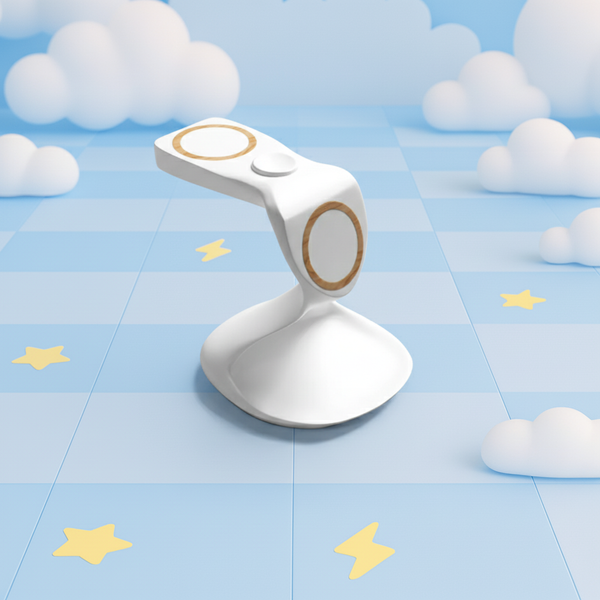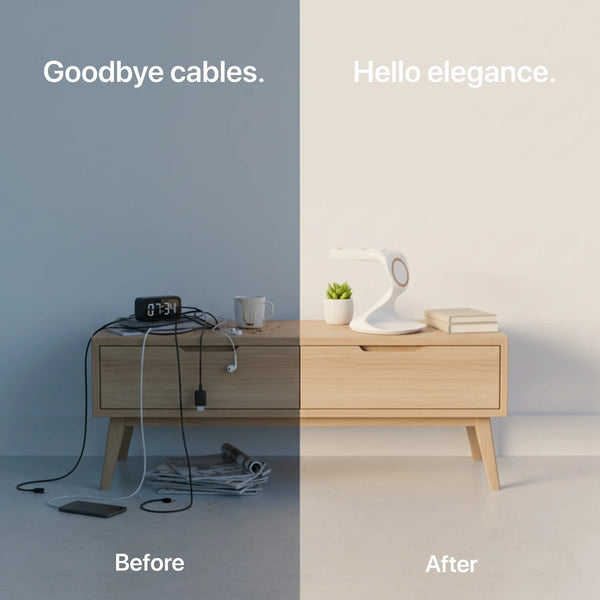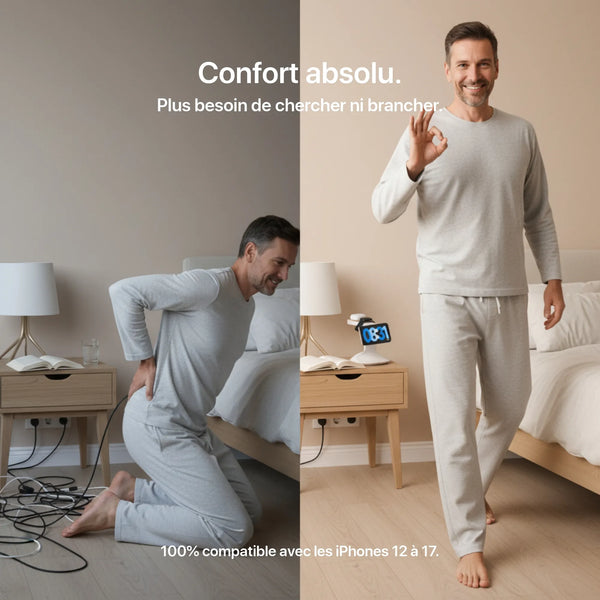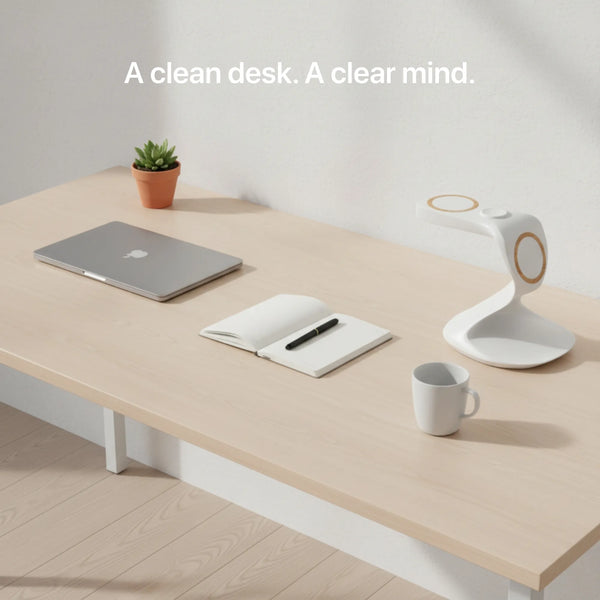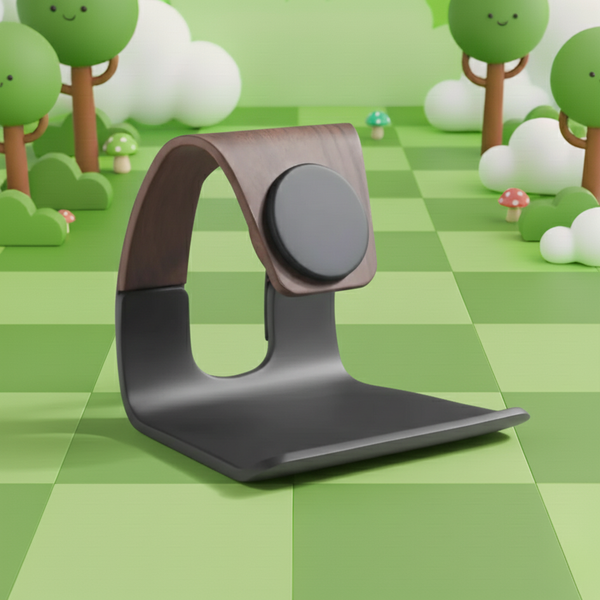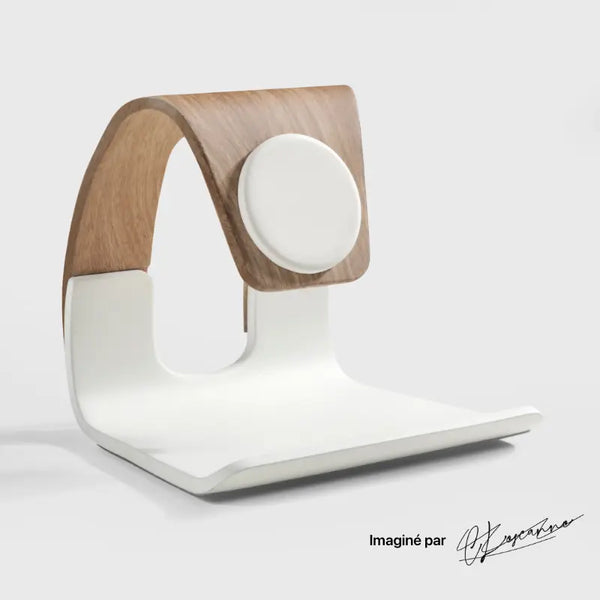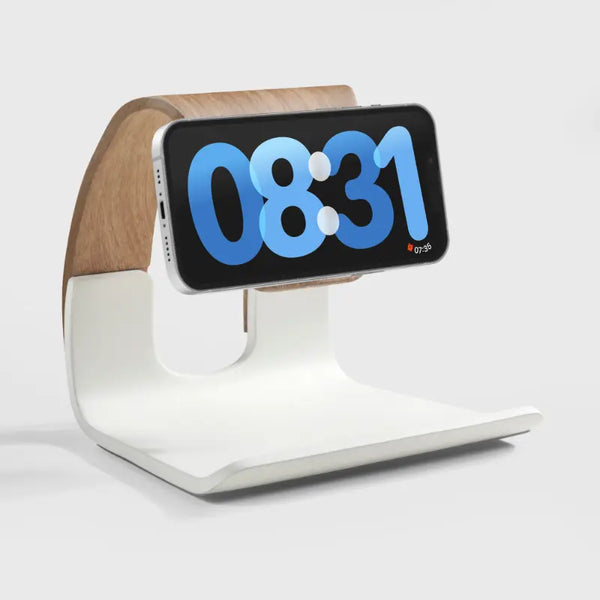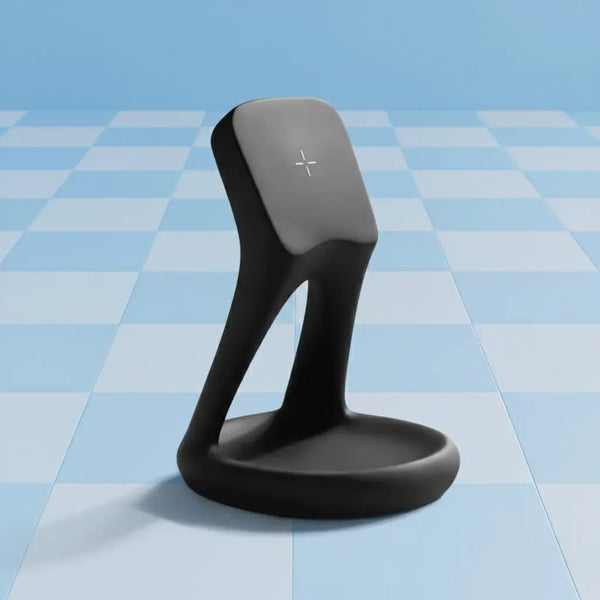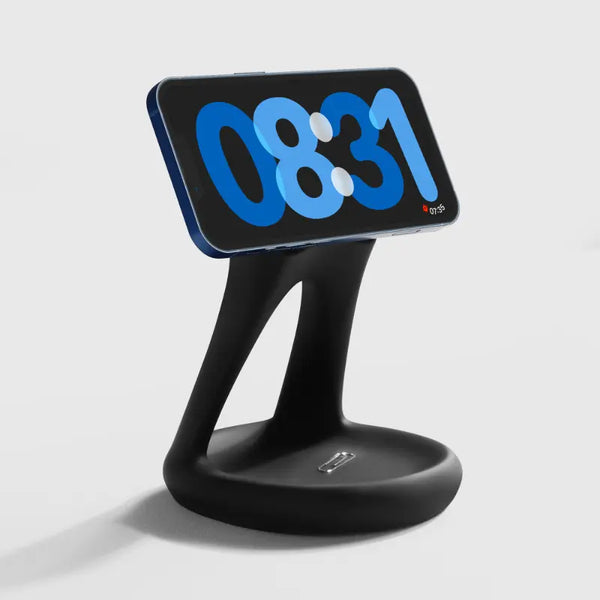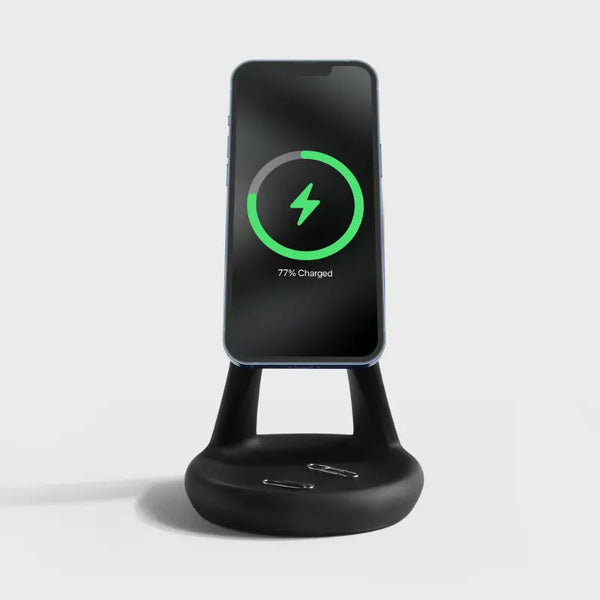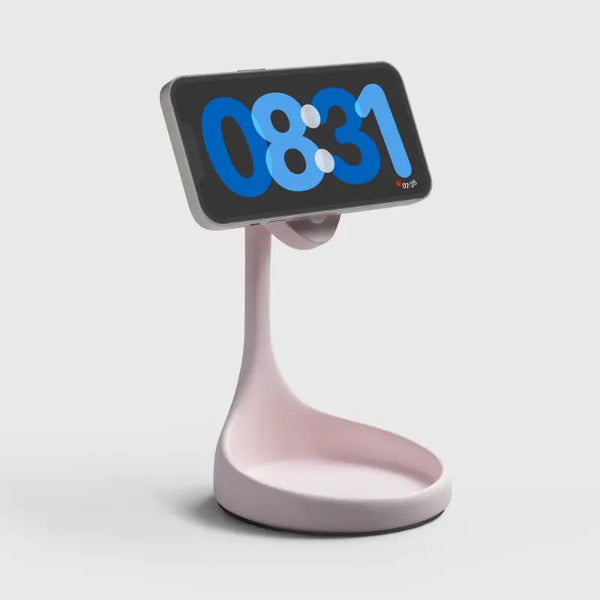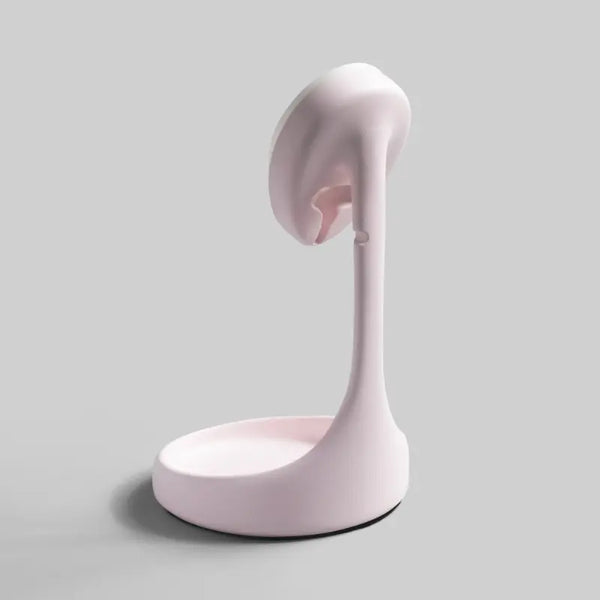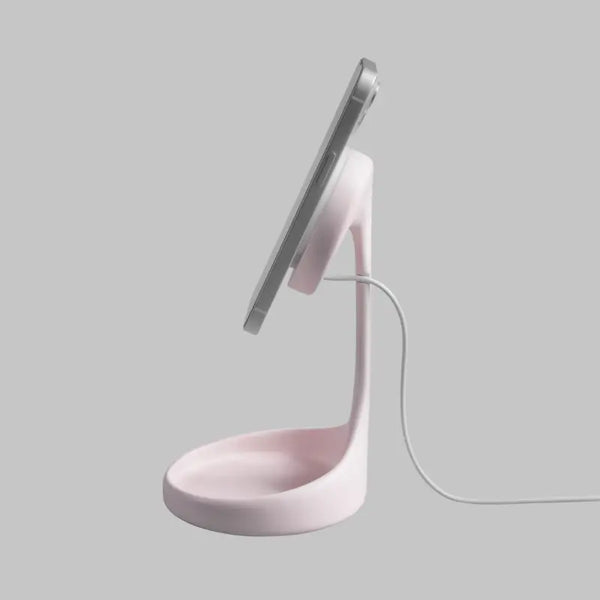Ergonomics is currently all the rage, and many contemporary workplaces are basing their operations on its significance. There are many aspects of workplace ergonomics, all of which are crucial. The use of multiple
office ergonomic tips, purchasing a standing desk, purchasing an ergonomic office chair—all of these things taken together can help reduce workplace accidents and fatigue.
Thankfully, everything from the monitor level to the mouse ergonomics guide is covered by the right
ergonomic computer tips. You can put the basic designer ergonomic suggestions into practice by focusing on mouse ergonomic position and mouse usage. There are many benefits to using a mouse ergonomics guide. Some of the straightforward mouse ergonomic advice will be covered in this article.
How to Hold a Computer Mouse
You're probably familiar with the pain a traditional mouse can give your hand and wrist if you work in an office and spend a lot of time at a computer.
You know full well that it's not at all enjoyable. If the discomfort and pain continue, a musculoskeletal injury is likely to manifest. This is why a mouse ergonomics guide is necessary, as evidenced by the medical term. Besides that, we've simplified
the mouse ergonomics guide so you can easily follow the steps for correctly holding a computer mouse.
Grip
When using a mouse, the grip is the first thing to watch. Make sure to hold the mouse with a relaxed and light grip. Don't overload the mouse or put it under excessive stress by loading it too heavily.
Size
Choose a product that is the right size if you want to be able to grip the mouse securely. The right size will only need a small load, allowing you to work with the least amount of tension.
Once the size is decided, it's critical to pay close attention to the mouse shape. Use a mouse that fits your hand but is as flat as possible to reduce wrist extension. Instead of a curved mouse, use a straight one. Use an asymmetrical-shaped mouse. Think about purchasing a larger mouse that encourages you to use your arms rather than your wrists to move it.
Position
If the keyboard and mouse are placed to the side, you will need to twist your body to use them, which will strain your torso and shoulders. If you do this all day, you'll be sore at the end of the day. The keyboard and mouse should be positioned directly in front of you and as centrally as possible to your body so that you can type with your shoulders in a natural position and prevent unnecessary pain.
Next, lean back in your chair so that your back is resting against the backrest. Then, raise yourself to the workstation's level by resting your arms on the armrest. Keep your mouse in place while sitting back in the chair.
Adjust your Elbow
Never skate or flick the mouse with your wrist. Swing your elbow in a fluid motion while maintaining a straight, neutral wrist.
Keep Natural Movements
Since the wrists have exposed blood veins close to the skin, where the pulse is frequently taken, any other movements can strain them with additional load, damaging the vibration. Any pressure placed here will interfere with the hand's circulation, raising the possibility of injury.
Space
Your workstation must be big enough for all the office accessories and equipment to be arranged and stored without restriction. Any restricted movement will result in additional stress on your body, leading to different types of pain. Make sure the mouse has enough space to move around.
Mouse and Keyboard Level
You will constantly need to raise and lower your arm if your mouse and keyboard are at different heights. If you perform these small, repetitive motions, you're more likely to suffer a musculoskeletal injury.
Take Frequent Breaks
You ought to be at ease. Hovering over the keyboard when you're not typing puts undue strain on your arms and shoulders. Every 30 minutes or so, try to pay closer attention to where your arms are by performing some
wrist and arm exercises.
Importance of Mouse Ergonomics Guide
Working from the convenience of their own homes and with flexible hours is great for remote workers. However, one major issue with remote workers is the lack of comfortable office equipment and the lack of focus on
advice for remote workers to prevent workplace accidents.
People who engage in poor work practices need a mouse ergonomics guide because they are more likely to experience problems at work. Here are some justifications for why
mouse ergonomics are important.
Prevents Twist Injury
Both use an ergonomic mouse, and using a mouse correctly can help you avoid injuries brought on by an excessive wrist twist. You will need to frequently twist the tendons in the wrist if you use the mouse in risky positions, which can cause long-term wrist problems. Repetitive strain injury, a term often used to describe people who work in typing jobs, could also result from this.
Less Force
All of us find it annoying when someone types or clicks loudly. In addition to being wrong for the environment, using a keyboard or mouse with hard keys requires force because they are difficult to use. The wrist may strain and become tired as a result of these minute additional forces. The use of an ergonomic mouse, thankfully, solves this problem by requiring less energy.
Cures Existing Pain
Before the advent of ergonomics, we all continued to engage in unhealthful work habits. As a result, your wrist pain could have been brought on by tendinitis or another disorder. It's possible that using an ergonomic mouse will help you feel better. You need an ergonomic mouse to help you prevent further injury to your wrist, which could result in arthritis later in life. Wrist tendon damage can cause long-term issues.
Improves Your Efficiency
While we might believe that the only thing draining our energy at work is the workload, this couldn't be further from the truth. When many factors are combined, workplace efficiency is the result, producing the best outcome. It would help to create a comfortable and healthy work environment to increase productivity. People who use an ergonomic mouse guide have more energy because their muscles don't get as tired as quickly.












